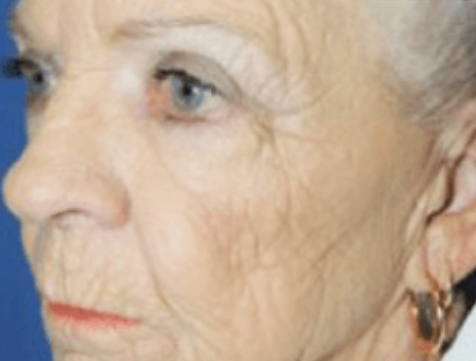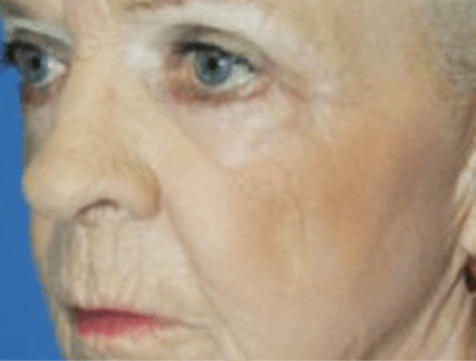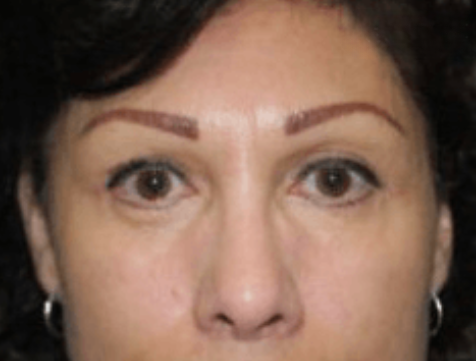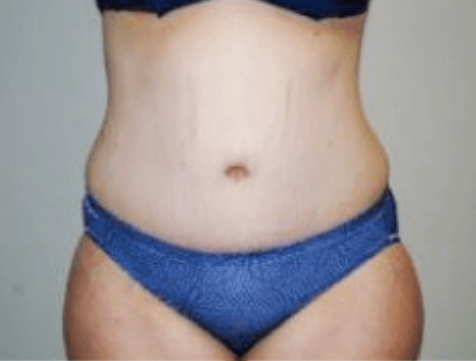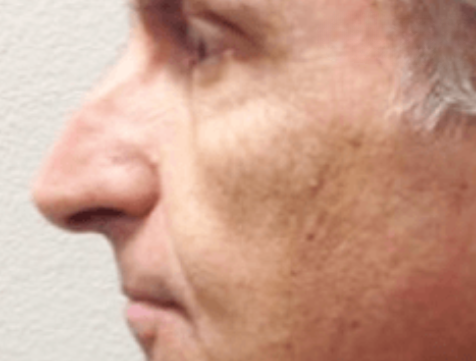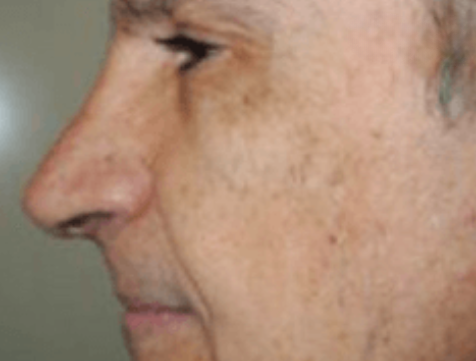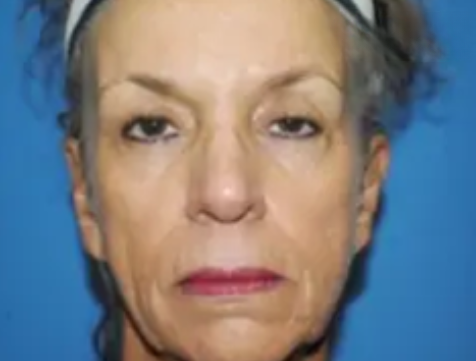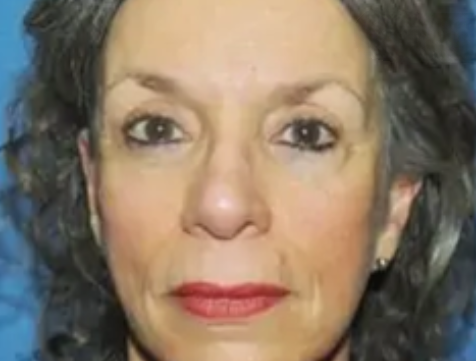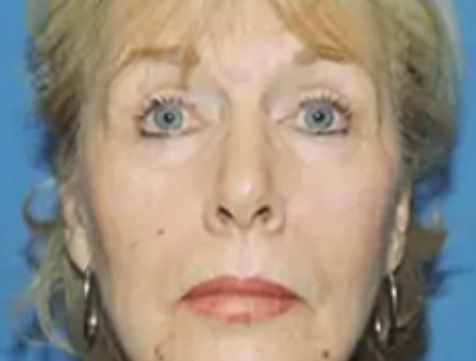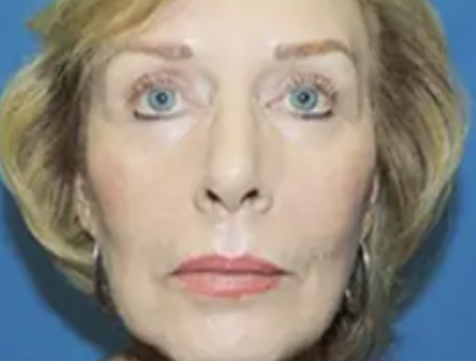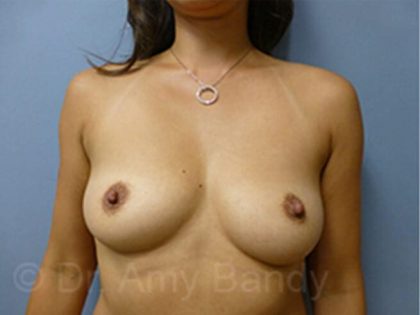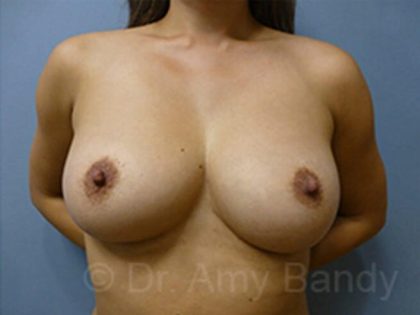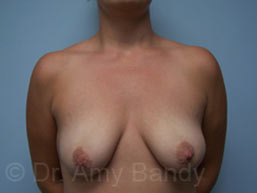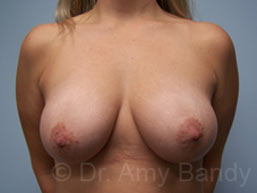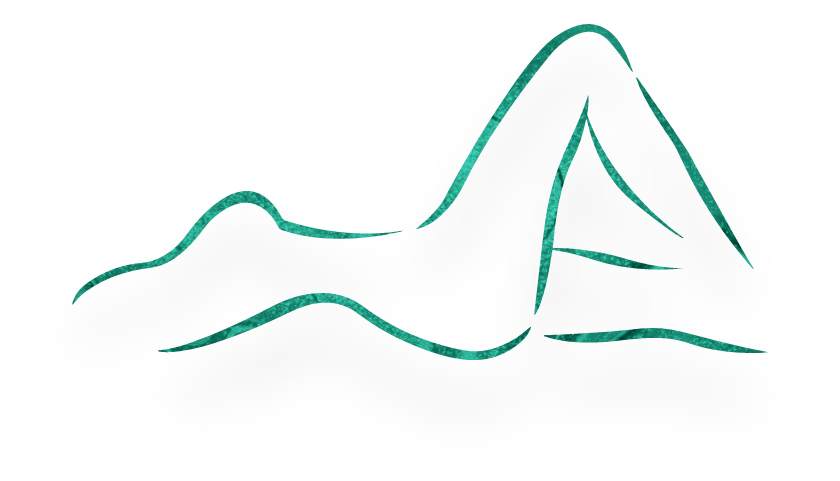Fat Transfer to the Breasts
Conveniently located to serve the areas of Newport Beach, CA
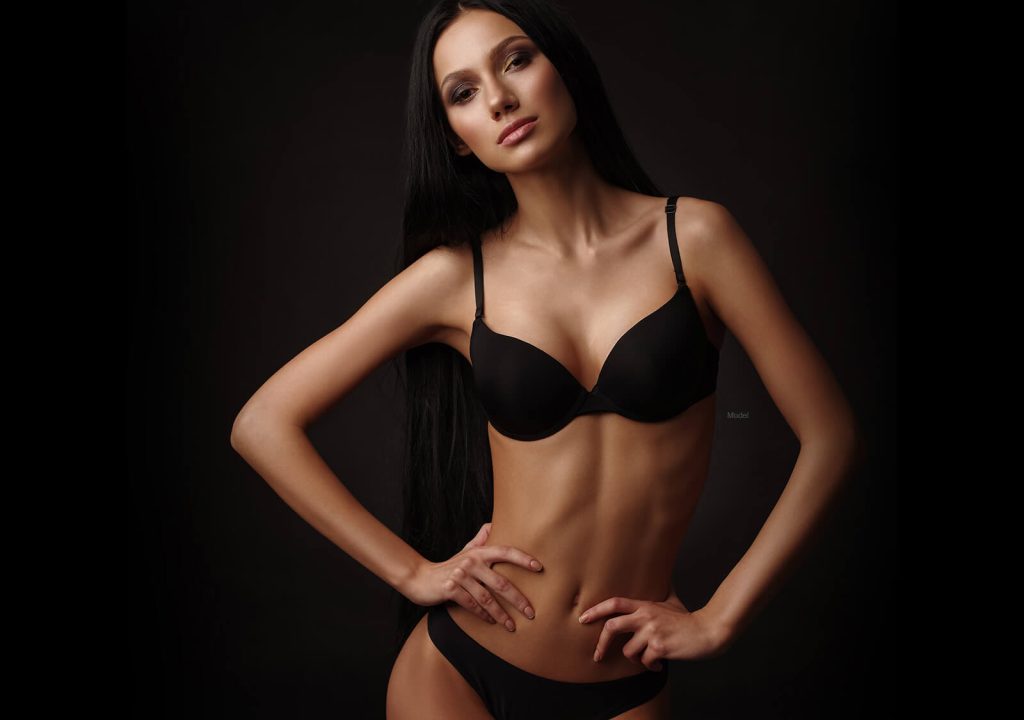
The desire to increase breast size and volume is shared by women of all ages. Some women wish to enhance their naturally small breasts; others want to restore the fullness they lost over time. Whatever the reason, breast augmentation can help achieve this.
Traditionally, breast augmentation is performed using breast implants; however, some women are turning to natural fat in lieu of synthetic implants. Natural breast augmentation, also known as fat transfer breast augmentation or fat grafting breast augmentation, provides a subtle and natural-looking increase to your bust using the fat that has been taken from your body.
Schedule A ConsultationContents
Before and After Photos
Why choose Dr. Bandy for my Fat Grafting Breast Augmentation?
Dr. Bandy has been performing plastic surgery, including fat transfer breast augmentation, for over 20 years. She is certified by the American Board of Plastic Surgery and performs a wide range of cosmetic and reconstructive breast procedures in Newport Beach, California.
What are the Benefits?
Women of all ages opt for fat transfer due to its many benefits. Natural breast augmentation:
- Increases the fullness of naturally small breasts
- Restores volume lost after pregnancy or weight loss
- Provides natural-looking and feeling breasts
- Slims surrounding body contours
- Doesn’t require a synthetic implant
- Has no chance of allergic reaction or implant rejection
- Has no chance of implant rupture, capsular contracture, or implant displacement
- Has no chance of BII or BIA-ALCL
- Offers long-lasting results
When is ideal?
When implants are not wanted
Many women desire fuller, more voluptuous breasts but do not feel comfortable adding synthetic implants to their bodies. While implants are unmatched in their ability to provide the most predictable result, they are not without complications, including potential rupture, capsular contracture, and displacement. Breast implants have also been connected to other health concerns, such as breast implant illness (BII) and breast implant-associated anaplastic large-cell lymphoma (BIA-ALCL). Because fat grafting to the breasts uses natural fat instead of implants, these complications do not exist.
With breast lift surgery
Breast lift surgery is performed to revitalize the appearance of sagging and elongated breasts. This technique removes excess skin and tightens glandular tissue and fat that has lost their elasticity. While breast lift surgery does not reduce the size of the breasts, some women feel as though they have lost volume because their newly lifted breasts are more compact. Breast augmentation using fat transfer is ideal for these women because it provides a small amount of additional fullness.
With breast implant removal or exchange
Fat grafting is possible during breast revision procedures, including implant removal (when an implant is not being replaced) and implant exchange. This addition allows for increased fullness without an implant or more natural coverage of a new implant.
With breast reconstruction
Breast reconstruction recreates the breast mound after mastectomy or lumpectomy using implants or tissue flaps. Fat grafting is often required when implants are used to help provide natural tissue coverage and increase the volume so that a smaller implant can be chosen.
How is Fat Transfer to the Breasts performed?
Fat transfer to the breasts requires a multi-step approach that combines liposuction, fat purification, and fat injections. This minimally invasive surgery is performed as an outpatient procedure; however, additional touch-up treatments may be desired. Depending on the extent of your procedure, local or general anesthesia will be used, which will be discussed during your consultation with Dr. Bandy.
Step #1: Liposuction
Fat transfer to the breast uses natural fat as its augmenting material. This fat is collected from your body using gentle liposuction techniques. Dr. Bandy is very careful when removing these fat cells as their health and integrity are vital to a successful fat transfer.
While the liposuction areas will vary by the patient (depending on how fat is situated on your body), common areas for removal include the abdomen, waist, thighs, buttocks, and lower back. Fat may be taken from just one of these areas or a combination.
Step #2: Fat Purification
Once the fat is removed from the body, it is purified to eliminate fluid, blood, cellular fragments, and oil. This ensures that only healthy, viable fat cells are used in the grafting process.
Step #3: Fat Injections
Dr. Bandy will inject the purified fat cells into various areas of the breast through a cannula. This technique requires very small incisions that she strategically places in natural folds to reduce their visibility. Small, hardly noticeable scars may develop at the liposuction sites; however, these will fade with time and are usually not a concern.
Because some fat cells will not survive the transfer and will be absorbed by the body, Dr. Bandy will inject a larger volume of fat than desired. This amount will settle within a couple of weeks.
Which is better for me: Fat Transfer or Breast Implants?
What option provides more volume?
Breast implants undoubtedly provide a more significant increase in breast size. In fact, breast augmentation using fat grafting typically increases breast size by a single cup. This is the single biggest “con” of natural breast augmentation. Additionally, it is more challenging to control the shape of the breast using fat grafting.
Breast implants are available in various volumes (measured in CCs) and shapes, which leaves little doubt about how they will sculpt the breast. Unfortunately, breast implants (while safe and reliable) are associated with a greater amount of potential complications, as mentioned above.
Can fat transfer and breast implants be combined?
Fat transfer is commonly combined with breast implants, especially for women with minimal natural breast tissue. Small or “flat-chested” women often choose to add fat grafting to their implant procedure to give the implant more cushion. This helps to prevent implant visibility or rippling. This is also often chosen with implant-based breast reconstruction when there is little remaining breast tissue.
Costs
Fat transfer to the breast is highly customizable. Because of this, there is no way to accurately predict the cost of your procedure until after you have met with Dr. Bandy for a consultation. Some of the most significant cost factors include the number of liposuction areas and the extent of liposuction needed to collect the fat, the cost of additional breast or body surgeries being performed simultaneously, and associated fees (including anesthesia fees, facility fees, and surgeon’s fees).
Dr. Bandy and our staff will be happy to provide you with an accurate cost estimate during your consultation.
Does insurance cover?
Fat transfer to the breast is an elective procedure. Because of that, insurance will not cover the costs. Dr. Bandy is pleased to offer financing options, including CareCredit, to help patients cover the cost of their breast enhancement surgery.
What is recovery after?
How long is recovery after natural breast augmentation?
Fat transfer to the breasts is a minimally invasive procedure; most patients fully recover after a couple of weeks.
You will experience swelling, bruising, and some discomfort in the liposuction areas and breasts. This is a very well-tolerated procedure, and any discomfort can be alleviated with over-the-counter or prescribed pain medication.
It is important that you take a week or so off work and your normal day-to-day activities, especially strenuous activity that requires you to lift, push, or pull anything of weight. You will also want to make sure that you rest and sleep on your back (preferably in a reclined position).
What can i expect with my natural breast augmentation results?
When will i see my fat transfer breast augmentation results?
Your breasts may initially appear larger than you expected or desire. It takes several weeks for the grafted fat cells to settle and the swelling to diminish.
How long will my results last?
Once your results settle, you can enjoy your natural breast enhancement for many years. It is important to remember that your augmented breasts can fluctuate with normal weight gain and loss. This is why it is recommended that you maintain a stable weight following your fat transfer to the breasts.

Interested in learning more about Fat Transfer to the Breasts?
If you would like to learn more about natural breast augmentation in Newport Beach, California, or wonder if you are a candidate, contact our Orange County practice by calling (949) 574-0574 or filling out our online contact form.
FAQ
Am I a candidate for fat transfer breast augmentation?
Candidates for natural breast augmentation would like to increase fullness without implants. Candidates are healthy adults who do not smoke, have realistic expectations of their results, and have excess fat elsewhere in their bodies.
What if I do not have enough fat to transfer?
Because fat transfer to the breast relies on natural fat, you must have enough stored fat to take. Patients with very little body fat may not be candidates for this procedure.
What else can be enhanced with fat transfer?
Fat transfer is a common surgical procedure that can also add volume to the face, buttocks (known as the Brazilian Butt Lift), and hands. The surgical techniques used for these improvements are the same as the ones needed for natural breast augmentation.
